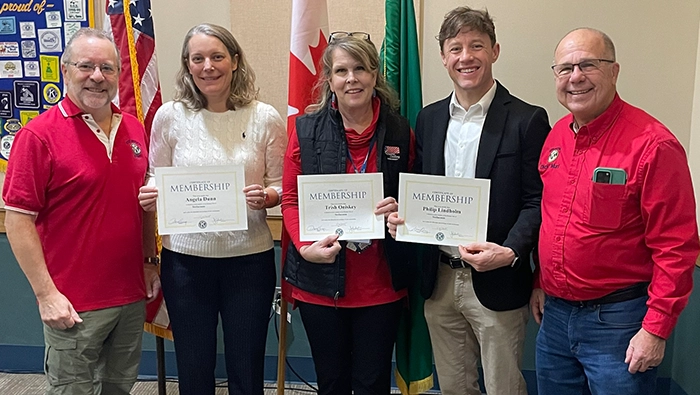
Get to know Manila
Here are tips and recommendations for our convention’s host city.
By Lauren Young
For each Kiwanis International convention, one of the most exciting features is the availability of experiences in our host city. For 2026, we’re especially pleased to provide tips and recommendations about this year’s location: Manila, the capitol of the Philippines.
Before we pass along some notable sites, here are a few things you might want to know before you go:
- Weather and wear: Plan for daily highs of around 90 degrees Fahrenheit and lows around 79 degrees. And since June is the start of the rainy season, there will be a good chance of rain throughout the week. Our recommendation: Pack lightweight, breathable clothing and a compact umbrella or a light rain jacket.
- Money: The Philippine peso (PHP) is the only currency accepted for everyday purchases. Major cards (e.g., VISA, Mastercard) are widely accepted at larger restaurants and hotels, but most shops and attractions require cash.
- Getting around: For simplicity and safety, use the Grab rideshare app for point-to-point trips. When you have extra time, try riding a jeepney — Manila’s brightly painted public minibuses that follow fixed routes around the city.
If you find a little free time
If your schedule allows, take some time to explore Manila’s culture and people — and the connections that make every Kiwanis gathering special. Even with a full convention schedule, you don’t have to go far to get a glimpse of Manila. Within reasonable distances of our hotels, you’ll find cuisine, culture and leisure that make the most of a few free hours:
Walkable (5-15 minutes)
- CRU Steakhouse. The Manila Marriott’s signature steak and seafood restaurant, with an extensive wine list.
- Casa Buenas. Filipino-Spanish dishes with locally sourced ingredients in a heritage-inspired setting at Newport World Resorts.
- Café Mary Grace. Local café chain known for ensaymada (a brioche-like pastry), cheese rolls and Filipino-style pasta.
- S&R New York Style Pizza. Casual, large-slice pizza and comfort food.
- Newport Performing Arts Theater. A large venue within Newport World Resorts that hosts musicals, concerts and live entertainment.
- Newport Cinemas. A modern complex featuring multiple movie theaters, including premium and 4D options, showing local and international films.
- Shrine of St. Thérèse of the Child Jesus. A domed Catholic church known for its modern design and peaceful atmosphere.
A short ride (15-30 minutes)
- Villamor Air Base Golf Club. An 18-hole championship golf course open to the public, featuring wide fairways, mature trees and a driving range.
- SM Mall of Asia. One of the largest shopping complexes in Asia, located along Manila Bay, featuring hundreds of retail stores, restaurants and cinemas — along with an indoor skating rink and sunset views along the outdoor promenade.
- The Theatre at Solaire. A theater inside Solaire Resort and Casino, designed for large-scale performances such as international musicals, orchestral concerts and other shows.
Those are just a few of the sites to see within walking or vehicle-riding distance during the convention. Planning to stay a little longer? Check out our blog post about the ways you can turn your trip into a deeper, more personal adventure — especially if you extend your stay in Manila by a day or two, before or after the convention.
In the meantime, visit our convention webpage to learn more about the event itself!

